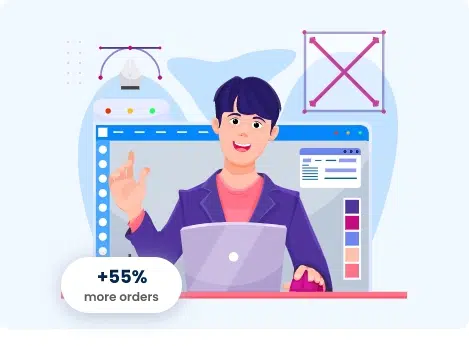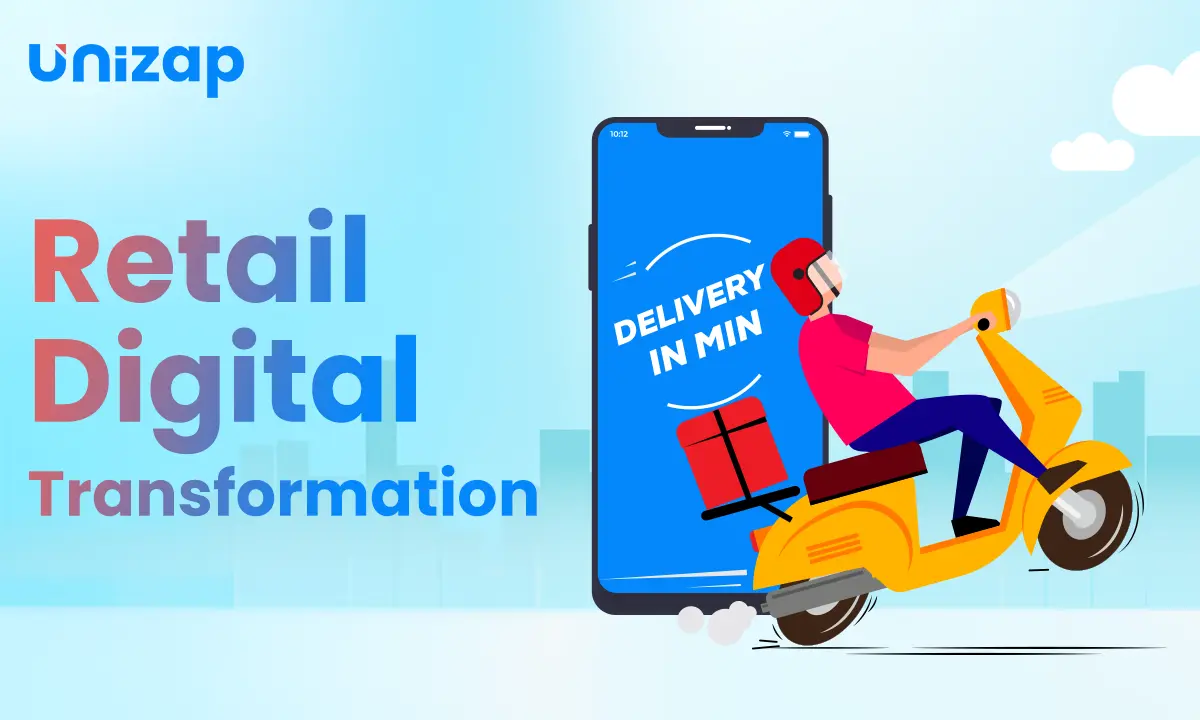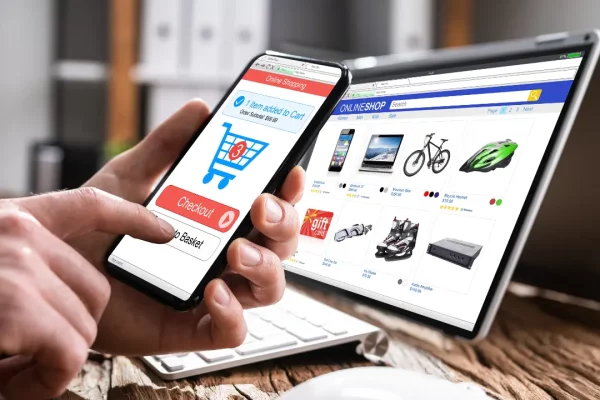Sellers that run their own internet businesses are in a different league. They have total control over the experiences of their clients. Merchants may utilise their website to directly communicate with their customers and drive purchases, whether it’s altering product placement or emphasising a shop deal. However, with so much flexibility, online store owners may be unsure where to begin curating their business.
[elementor-template id=”40860″]
Here are our 9 killer recommendations for developing a successful online business to attract consumers and retain loyal clients. These tactics describe how shoppers perceive each area of your online business in order to attract buyers and increase sales. Following these tactics, sellers may target clients’ interests through their online store, allowing their firm to stand out among less sophisticated merchants.
1. Interactive User Interface
It makes no difference whether you have the finest product in your sector and the best customer service—if your store’s web design is poor, your online company visibility will suffer. A Kissmetrics survey found that 93 percent of purchasers regard visual appeal to be the most essential element when making a purchase.
You may either employ a web designer or learn to code to develop a lucrative internet store. Alternatively, you can just purchase a ready-made template and personalise it to your specifications. Fortunately, there are plenty of outstanding ecommerce templates available on the internet that have clean designs, intuitive layouts, and adhere to the most recent web design trends.
Visitors should be captivated by design aspects such as full-width photos and avoiding distraction with minimum text.
2. Making an outstanding “About Us” Page
If a visitor navigates to your “About Us” page, it implies that they are already interested in you and are giving you the opportunity to demonstrate that your product is the best. What you must do is describe precisely who you are, what you do, and what services you offer to clients. All testimonies, accomplishments, and other types of social evidence are welcomed.
Make sure you don’t pass up this opportunity, since it might lead to a customer loss.
Your contact information should be visible and easy to find on your about page and across your website. Please mention your contact email address as well as your social media channels. Overcrowding your “About” page with information may be overwhelming for site visitors.
3. Collaboration with Relevant Brands
Most customers are hesitant to give their hard-earned money to a little-known firm. Establish your reputation by displaying which firms collaborate with you. They don’t have to be on the magnitude of Coca-Cola or Apple, but even modest businesses may lend credibility to your company.
4. 24-7 Support
Your customers need to know that they will be able to get help if they need it after they make a purchase. Guaranteeing troubleshooting after the sale and counselling before the sale may turn potential purchasers into loyal, returning clients.
A live-chat function that is available 24 hours a day, seven days a week is the most complete and useful sort of assistance. This technology has the potential to enhance site-wide conversion by 10% or more. If you don’t have the means to give round-the-clock support, you should nevertheless provide some form of service to assist individuals during working hours.
5. Promotion on Social Media
Advertising on social media networks is a great approach to engage with a large number of potential consumers in unique and entertaining ways. Social media advertising can range from a basic Facebook feed post to a Snapchat taco-shaped lens.
Use tools like Google Analytics to determine which channels your target clients are most likely to use, and then focus your marketing efforts on these platforms. If you’re perplexed by the relatively new landscape of social media, start with these guidelines on Facebook advertising, Instagram advertising, and Snapchat advertising.
6. SEO friendly Blog Posts
Running a blog is a possibility to increase store visitors. Posts with SEO keywords and relevant content for customers are more likely to rank high in search engine results. Blog articles that rank well and inspire visitors to visit your site are a stepping stone to people accessing your product pages and making purchases. A blog is also a great way to engage with your readers on a deeper level. Observing how clients react to your content might help you develop methods for addressing purchasers’ requirements and desires. Blog entries that give some form of value to the reader, such as delivering professional advice on your product’s usage or an industry-related issue, increase buyer confidence.
7. Build credibility with Product Reviews
Product reviews and ratings greatly increase your credibility. Because online customers cannot meet vendors in person, they must rely on the comments of other purchasers to evaluate merchants. Ratings on product pages save shoppers time by instantly seeing what other customers think about the product.
Product reviews are more compelling when they are abundant. To promote more feedback, don’t be afraid to ask your consumers to post a review after they make a purchase. Customers that are pleased with your goods are unlikely to leave a review because everything is already perfect. Give them a small push, and they’ll be happy to share their wonderful experience with others.
8. Make your Online Store Mobile Responsive
Last year, mobile shopping accounted for 30% of all internet purchases. This proportion is expected to rise further—Business Insider expects that by 2020, mobile shopping will account for 45 percent of all ecommerce purchases.
With the increasing usage of phones for online shopping, businesses must ensure that their site design is mobile-friendly so that shoppers may make purchases regardless of the device they’re using. Tech-savvy merchants should verify operating system requirements, such as these iOS recommendations, to ensure that their site is responsive. Merchants may also employ mobile-responsive online shop design templates to make their site device-friendly. Here are a few practical strategies for making sure your website is mobile-friendly.
Choose vertical designs over horizontal designs for easier scrolling and reading of your information on phone displays. Load your shop onto a phone and browse through it to look for issues.
9. Make an actionable plan to track the metrics
Online merchants cannot enhance their growth strategy unless they track their progress. Using a programme like Google Analytics to track your selling activity and consumer behaviour is the best way to go. This tool gives sellers clear analytics about their store, such as the proportion of product sales, the number of site page visits, and the number of abandoned shopping carts. By following these steps, you can quickly set up Analytics for your online business.
[elementor-template id=”40866″]
Conclusion
Continuously watch your selling KPIs using Analytics to gain long-term insights into how to engage clients more effectively and drive additional sales. Merchants that need assistance setting up Analytics or are unclear how to create data-driven insights should read our guide on utilising the tool with your online business.







